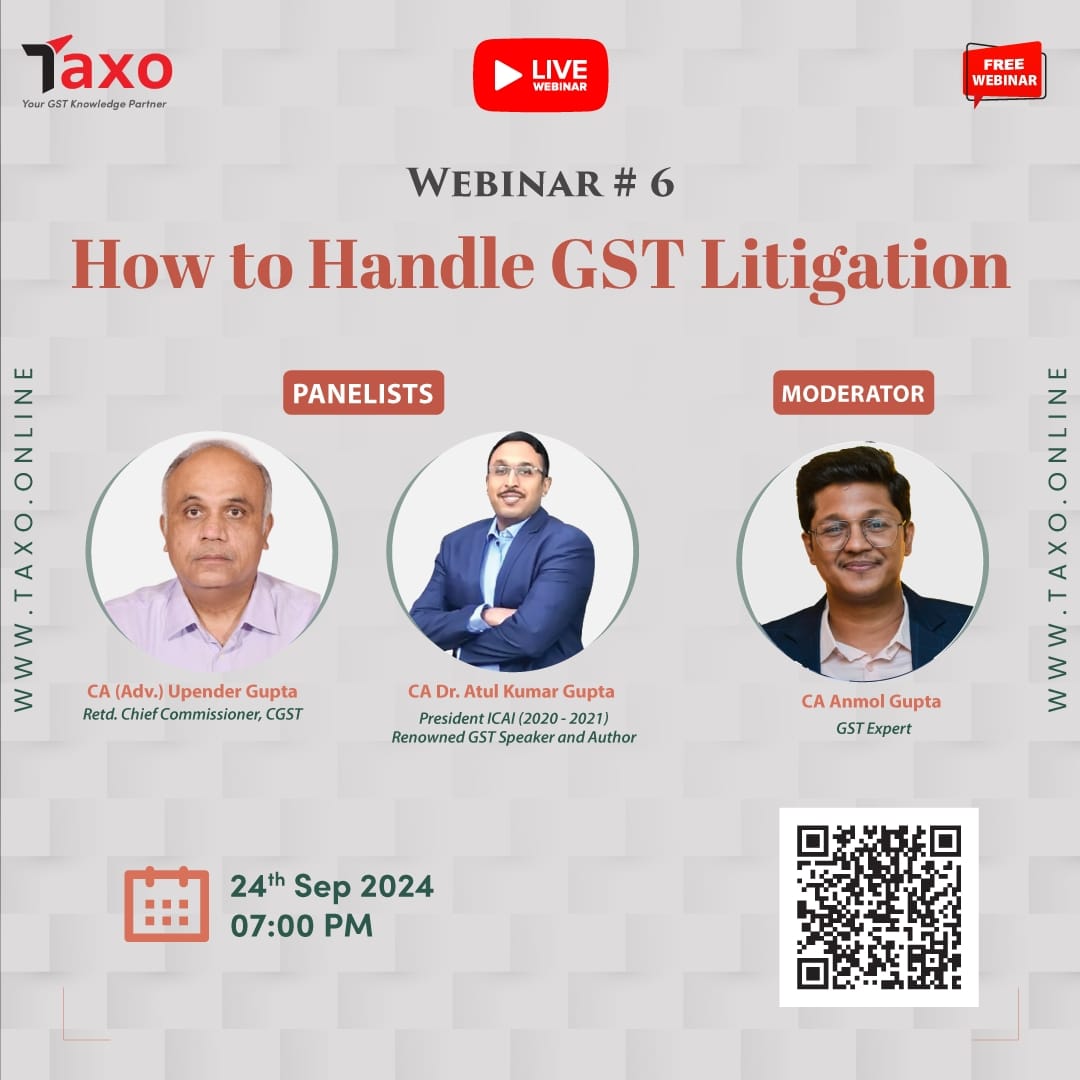 The Group of Ministers (GoM) on Goods and Services Tax (GST) rate rationalisation has begun reviewing the classification of food items under different tax slabs to address chronic ambiguities that have led to litigation and revenue leakages.
The Group of Ministers (GoM) on Goods and Services Tax (GST) rate rationalisation has begun reviewing the classification of food items under different tax slabs to address chronic ambiguities that have led to litigation and revenue leakages.
For instance, millet powder is exempt under GST, but millet biscuit is not, a source aware of the development said.
The GoM is also consulting states like Maharashtra, Karnataka and Kerala which have conducted independent research and are handling related litigation, he said.
“The GoM on rate rationalisation is looking at some major reforms, at least on the classification front. The GoM is definitely looking at misclassification issues in food and other items. At least to start with, the classification of food items can be sorted. Some other items are also being examined,” the source told Moneycontrol, adding that the effort is to streamline definitions and remove anomalies across the GST rate structure.
The classification exercise is part of a wider reform push. Food items are being prioritised due to their political sensitivity and high frequency of disputes in tax treatment – especially when it comes to pre-packaged items versus loose items or branded versus unbranded products, he said.
“For instance, millet powder is exempt under GST, but millet biscuit is not. This creates confusion. Misclassification happens, and it leads to a lot of litigation,” the source explained. “Some food products are taxed at 18 percent, some at 12 percent. Not even for a second can somebody say that the classification structure is totally simple.”
State inputs being sought
To ensure that classifications reflect ground realities, the GoM is also consulting states like Maharashtra, Karnataka and Kerala which have conducted independent research and are handling related litigation. “The GoM is seeking comments from states that have done some research in this area, and they are also looking at actual disputes and cases being handled,” he said.
The aim is to reduce both the compliance burden for businesses and administrative complexity for tax departments. These proposals are likely to be brought before the GST Council in the coming months, he said.
Popcorn to donuts
Among the most contentious items has been popcorn, which serves as a case study in classification overlap. Unpackaged and unlabelled popcorn, with added salt and spices, is taxed at 5 percent as ‘namkeen’. But if it is pre-packaged and labelled, it draws 12 percent GST, while caramelised popcorn with added sugar attracts 18 percent, being treated as a sweetened preparation.
In another ongoing case, the classification of food products sold by quick-service chains like Mad Over Donuts has led to further confusion. The donut chain had approached tax authorities to argue that it should be treated as a restaurant and taxed at 5 percent, but the authorities have sent a GST demand notice stating that since it doesn’t offer full-fledged restaurant services, an 18 percent GST would apply.
Should a donut or any other bakery product sold by ‘Mad Over Donuts’ be treated as a restaurant service and charged 5 percent GST or should it be taxed at 18 percent by not classifying donut chains as restaurants at all? The case is currently pending before the Karnataka High Court.
Backed by AAR precedents
The GoM’s review will be guided by a series of legal precedents set by various Authority for Advance Rulings (AARs) which have issued often contrasting decisions on similar products. By compiling these rulings and aligning them with feedback from states and industry, the GoM aims to prepare a set of final recommendations.
AAR is a quasi-judicial body under the Goods and Services Tax (GST) framework that provides binding rulings on the classification of goods and services, tax rates, input tax credit eligibility, and related matters. Businesses can approach AARs to seek clarity on how GST provisions apply to their specific transactions or products before undertaking them.
There is an AAR in each state, and its decisions are binding on the applicant and the jurisdictional tax officer, unless overturned by a higher authority such as the Appellate Authority for Advance Ruling (AAAR) or a court.
Source: Money Control


